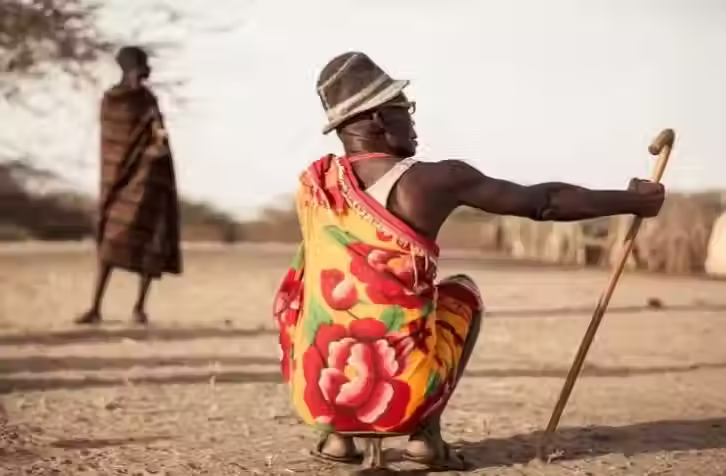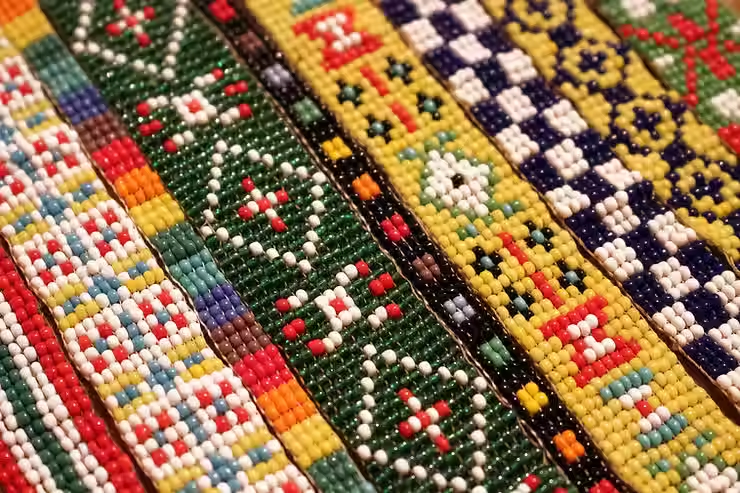How Refugees Are Making a Positive Impact on the Environment: A Third-Person Editorial Perspective
- wix designer

- May 20
- 2 min read
Located in the northeastern part of Kenya, the Kakuma refugee camp, established in 1991, is jointly managed by the United Nations High Commissioner for Refugees (UNHCR) and the Kenyan Department of Justice and the Refugee Committee. It currently hosts over 200,000 refugees from Sudan, Somalia, and surrounding areas.
Like people elsewhere on Earth, the issues of climate and development are intertwined and affect the refugees in Kakuma. Several artists within the camp have turned waste into treasure, creating flowers of hope on the barren land of the desert.

In a world where the effects of climate change are becoming more apparent with each passing day, every effort to combat its consequences is crucial. Curiously, a group that often goes unnoticed in this global conversation is refugees. These individuals, fleeing from conflict and seeking safety, are now showing how they not only strive to adapt to their new environments but also contribute positively to the fight against climate change.
Refugees, with their resilience and resourcefulness, are turning challenges into opportunities by actively engaging in environmental initiatives. One of the most impactful ways they are doing this is through tree planting projects. Trees play a vital role in sequestering carbon dioxide, a major greenhouse gas that contributes to global warming. By planting trees, refugees are directly combating climate change and enhancing biodiversity in their host countries.
Another significant contribution refugees are making is in sustainable agriculture. Many refugees bring with them traditional farming practices that focus on conservation and respect for the land. By implementing these methods, they not only provide for themselves but also promote sustainable food production, reducing the ecological footprint of the communities they are a part of.

Additionally, refugees are championing recycling initiatives in their settlements, turning discarded materials into valuable resources. Through creative initiatives, they are not only reducing waste but also raising awareness about the importance of recycling for a greener future. Their dedication to preserving the environment is truly inspiring and highlights how everyone, regardless of background, can contribute to a more sustainable world.
The synergy between refugees and environmental conservation is a testament to the power of resilience and innovation when faced with challenges. As they rebuild their lives in new lands, refugees are fostering a sense of community and environmental stewardship that benefits both present and future generations. Their stories serve as a reminder that amidst adversity, seeds of positive change can bloom.
In conclusion, the narrative of refugees contributing to climate change highlights the incredible potential for positive impact that lies within every individual. By recognizing and supporting these initiatives, we not only empower refugees but also strengthen our collective efforts towards a healthier planet. Let us celebrate the unwavering spirit of refugees and their invaluable role in shaping a more sustainable future for us all.


Comments